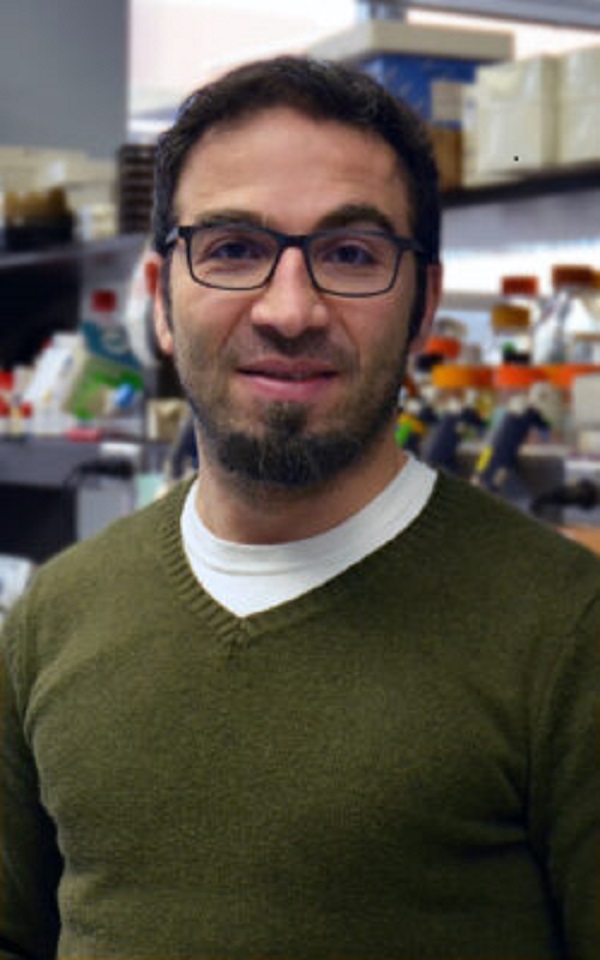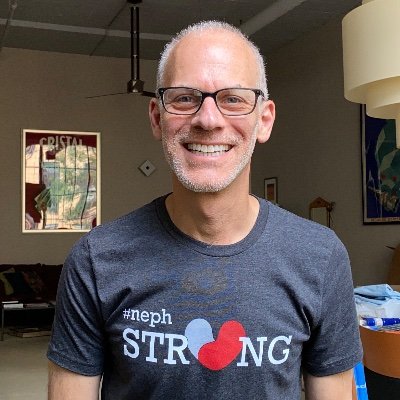Research into cures for chronic kidney disease (CKD) has been severely hampered because of the difficulty in studying the highly specialized cells of the kidney, particularly the podocytes, outside their native microenvironment. However, a game-changing, novel culturing technique, developed through the collaboration of scientists from WashU Division of Nephrology and the McKelvey School of Engineering, now allows for reconstitution of the microenvironment required by podocytes.
The study, published in the Science Advances (August 31, 2022), details a new hydrogel culturing system that preserves the biochemistry and mechanical environments of cultured podocytes. In the new biomimetic platform, kidney podocytes rapidly adopt new shapes and express new protein structures that are associated with injury. Researchers will be able to use the new culturing technique to find new ways to possibly control the mechanisms that these cells use to heal themselves.



Senior co-authors

“We are hopeful that this will lead to new ways of thinking about curing chronic kidney disease,” says Hani Y. Suleiman, MD, PhD, Assistant Professor of Medicine in the Division of Nephrology, one of the three senior co-authors of the study. The other senior authors are Jeffrey Miner, PhD, Eduardo and Judith Slatopolsky Professor of Medicine in Nephrology, and Guy Genin, MS, PhD, Harold and Kathleen Faught Professor of Mechanical Engineering. Shumeng Jiang, a doctoral student in mechanical engineering at the McKelvey School of Engineering, is first author of the paper.
See the WashU press release by Beth Miller for a comprehensive review of the study.
The article in Science Advances “An ex vivo culture model of kidney podocyte injury reveals mechanosensitive, synaptopodin-templating, sarcomere-like structures” can be found here. Authors: Shumeng Jiang, Farid Alisafaei, Yin-Yuan Huang, Hong Yuan, Xiangjun Peng, Chengqing Qu, Pongpratch Puapatanakul, Sanjay Jain, Jeffrey H. Miner, Guy M. Genin, Hani Y. Suleiman.
Follow @hansul, @JeffMinerPhD , @GuyGenin, @ShumengJ and keep up with our Division @WUNephrology.
Visit the Suleiman Lab, the Miner Lab and the Genin Lab to learn more about their research.